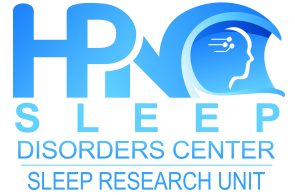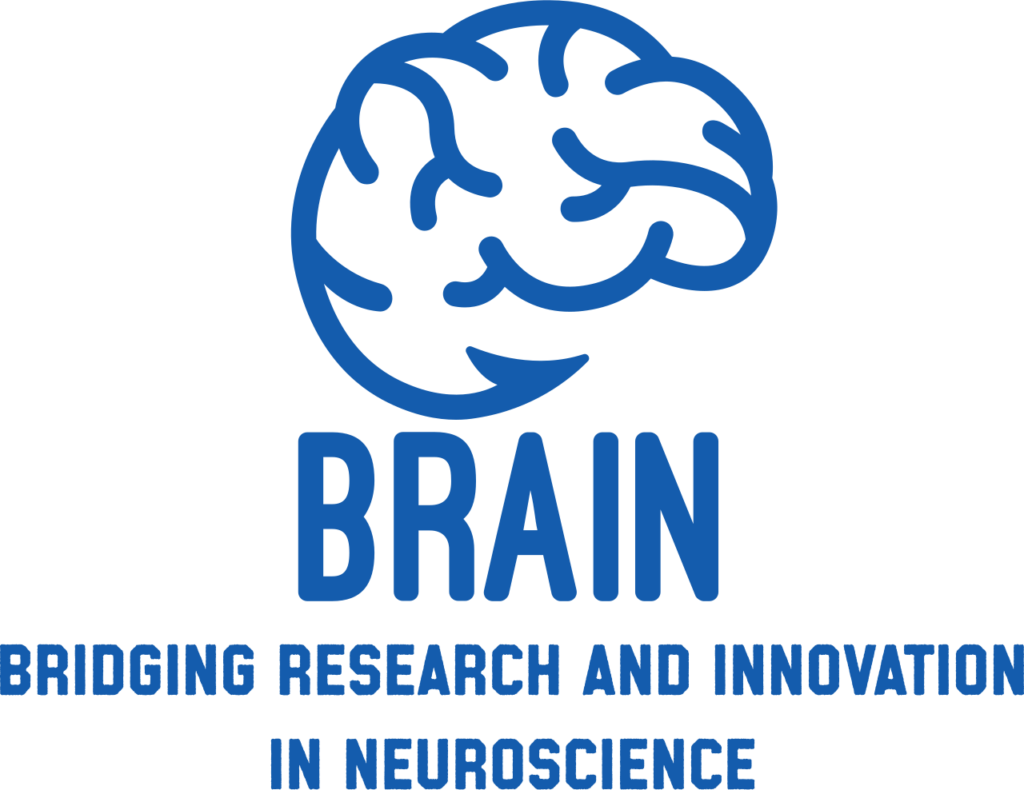
2025 BRAIN (Bridging Research And Innovation in Neuroscience)
The BRAIN (Bridging Research and Innovation in Neuroscience) Scholar medical student research program is part of the University of Hawaii John Burns School of Medicine MD5 MED 599 Neuroscience Research Course. University Hawaii medical students may sign up for elective credit while working at BRAIN in MD5 MED 599 Neuroscience research credit.
BRAIN is part of Hawaii Pacific Neuroscience’s robust clinical and academic research programs where we foster a culture of innovation and collaboration. Physicians and scientists work closely within and across centers, institutes, and schools to collaborate whether they are basic laboratory-based scientists, bio statisticians or clinicians to encourage cross disciplinary translation bench to bedside research. BRAIN scholars work alongside and collaborate with at Hawaii Pacific Neuroscience Clinical Research Program whose ground breaking work is funded by NIH and other agencies and recognized nationally.
BRAIN’s mission is to support aspiring students to pursue their passion in neuroscience, research and develop leadership in this field to make an impact in their local community. It provides students the opportunity to work in a team setting working with seasoned investigators, junior investigators, residents, senior student leaders and junior students. BRAIN is proud to recognize exceptional medical students as “neuroscience academic scholars” and project leaders who have demonstrated exemplary academic abilities in neuroscience, leadership qualities, passion, and commitment to the pursue of excellence in research and a commitment to make a difference in the local and global community. See their Publications & International Presentations
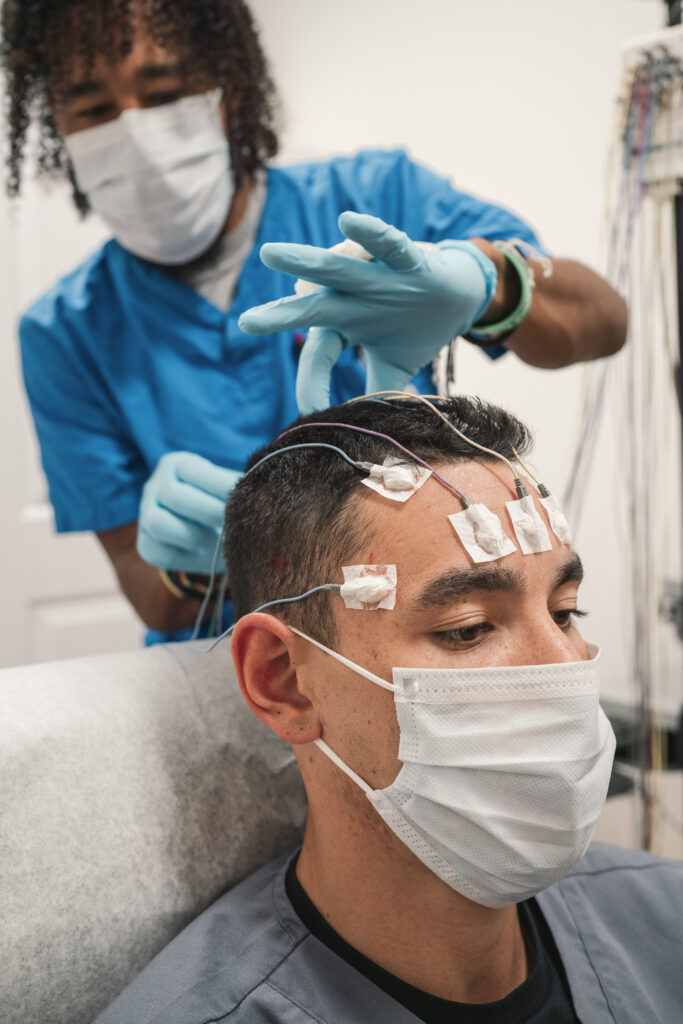
Core Neurology/Neuroscience Faculty
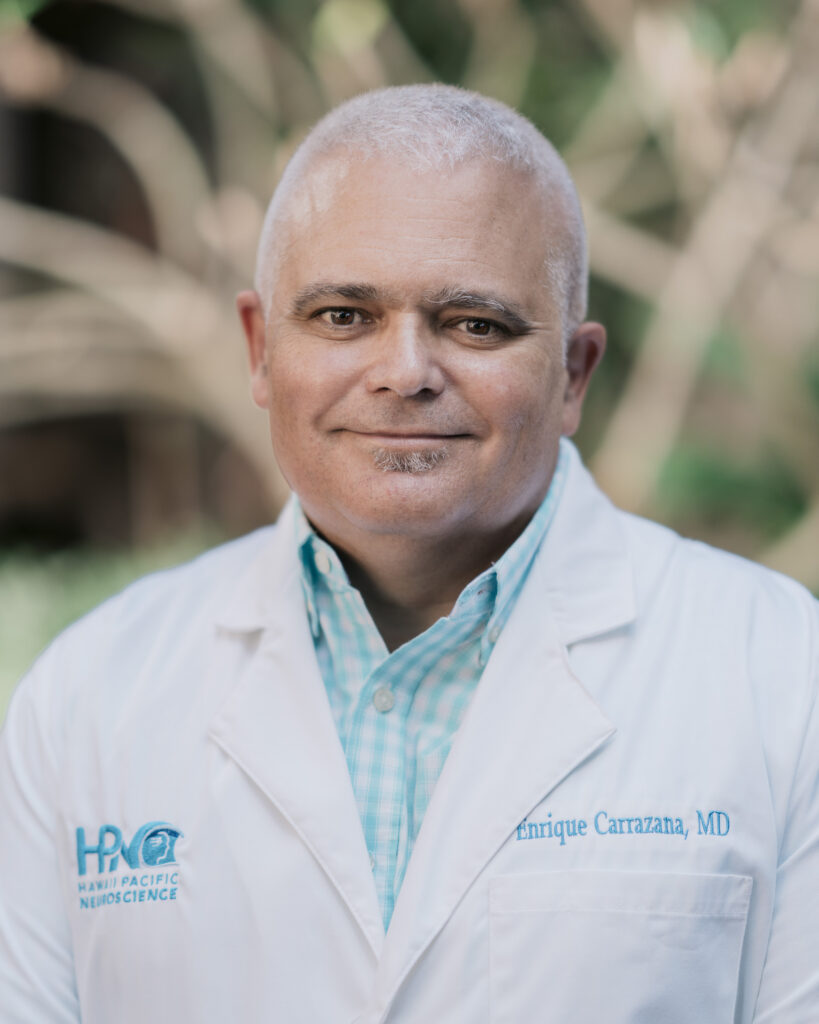
Enrique Carrazana, MD
Neurology, Publication Director

Janette Abramowitz, MD,
Neurology, Ctr for Psychiatric Neuroscience

Darren DuGas, MD
Neurology, Comprehensive Epilepsy Center & Video-EEG )
2024 2025 BRAIN Scholars/Medical Students
Tyrone John Sumibcay, MS2, Program Leader
Matthew Kao, MS2, Program Leader
Janette Keola, MS2, Program Leader
D-Dré Wright, MS3, Program Mentor
Anita Cheung, MS3, Program Mentor
Ryan Nakamura, MS3, Program Mentor
Shay Nakahira, MS3
Kirra Borrello, MS3
Bradon Hong, MS3
Jonathan Carino, MS3
Matthew Kobylinski, MS3
Nina Krupa, MS3
Eli Snyder, MS3
Erin Kim, MS2
Kylie Yamauchi, MS2
Ryan Nishi, MS2
Jiwoo Kim, MS2
Erin Evangelista, MS2
Megan Kawamura, MS2
Nina Krupa, MS2
Michael Read, MS2
Jan Augustine Aurelio, MS1
Mitch Cadiz, MS1
Xavier Heidelberg, MS1
Albert Jiang, MS1
Matthew Ko, MS1
Kevin Nguyen, MS1
Cameron Nishida, MS1
Shashi Sharma, MS1
Jenna Tsuzaki, MS1
Yash Vyas, MS1
Bryce Hong, MS1
Titan Alexio, MS1

2025 BRAIN Interns
Mia Lopez-Hallmeyer, U Hawaii
Emanuela Vastola, Suor Orsola Benincasa U
Kylee Takanishi, U Hawaii
Sarah Dao, U Hawái
Isabella Ford, Columbia U
Emily Daehler, Northeastern U
Tiara Harris, UCLA
Kendal Nakaoka, U Hawaii
Alanna Nicole Rillorta, Princeton U
Rhiannon Wong, U Hawaii
Dariann Ohai, U of Vermont
Hannah Kwak, Iolani
Caroline Ulep, U San Francisco
Emma O’Keefe, U Hawaii
Ashley Arroyo, U Hawaii
Asja Deai, UC Irvine
Kacey Sasaki, U Hawaii
Maya Westbrook, Binghamton U
Jennifer McQueeny U Puerto Rico
Leilani Teso, U Hawaii
Rishika Isanaka, UC Santa Cruz
Maya Kimura, Maryknoll
Moriah Adamson, U Hawaii
Elysia Teruya, U San Francisco
Kayla Mishima, U Hawaii
Olivia Maehara, UC Riverside
Tyson Wu, American U of the Caribbean SOM
Rae Kamikawa, Pitzer College
Carson Konop, Bishop Kelly
Seth Heller, San Jose State U
Maya Howell, Chapman U
Nya-Lynn Santos, U Hawaii
Bella Lim, Punahou
Kammiee-Marie Ardo, Carnegie Mellon U
Joshua Wung, Mililani
Emily Kulaga. U Hawaii
Matthew Fujikami, U Hawaii
2025 Didatics & Lectures
2025 Jan
Students meet faculty EXPERTS mentors

Darren DuGas, M.D
Co-Director, Comprehensive Epilepsy Ctr Director, Video-EEG Epilepsy Monitoring Unit, Clinical Assistant Professor of Medicine (Neurology)
Natalia Gonzalez Caldito, M.D.
Director –MS & Neuroimmunology Center,ALS and Neuromuscular EMG Center, IV Infusion Ctr Clinical Assistant Professor of Medicine (Neurology)
Eonjung Angeline Kim, M.D.
Director, Headache & Facial Pain Center, Clinical Assistant Professor of Medicine (Neurology)Monthly Presentations 4th Friday of month
Jan 27th Mon 5PM
Spring Check in - faculty RESEARCH mentors

Kore Liow, MD
Neuroscience Chair and BRAIN Director Clinical Professor Medicine (Neurology) Clinical & Translational Research
How to be a Stellar Research Mentee
Kristy Shine, MD
Director, Med Student Research Associate Professor, Emergency Med.
Enrique Carrazana, MD
Publication Director, Neurology Clinical EducatorJune 14th Sat 9AM-4PM
Spring Finals & Summer Orientation
June 17, 25 Tues 5:00-6:30PM

Research Bio Statistics I and II
Chathura Siriwardhana, PhD
Assistant Professor, Biostatistics Core Facility, Dept. Quantitative Health ServicesJuly 12th Saturday 9AM-4PM
MID TERM Oral Presentation
July 15 Tues 5:00-6:00PM

Writing up Your Abstract and Poster
Natalia Gonzalez Caldito, M.D.
Director –MS & Neuroimmunology Center,ALS and Neuromuscular EMG Center, IV Infusion Ctr Clinical Assistant Professor of Medicine (Neurology) University of Hawaii John Burns School of MedicineJuly 22, 29, Aug 5 - Tues 5:00-6:00PM
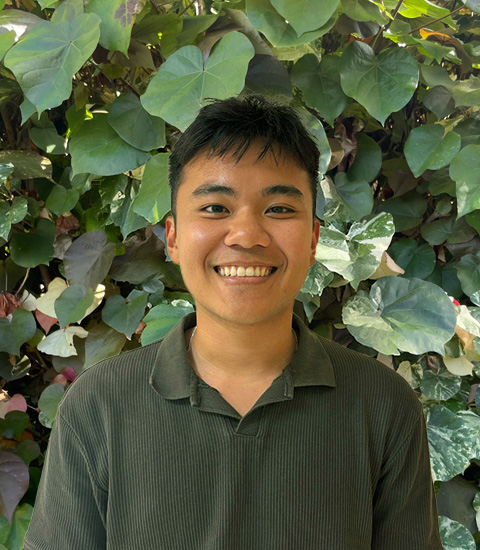
How to Get Your Posters Ready
Tyrone John Sumibcay, MS2
Program Leader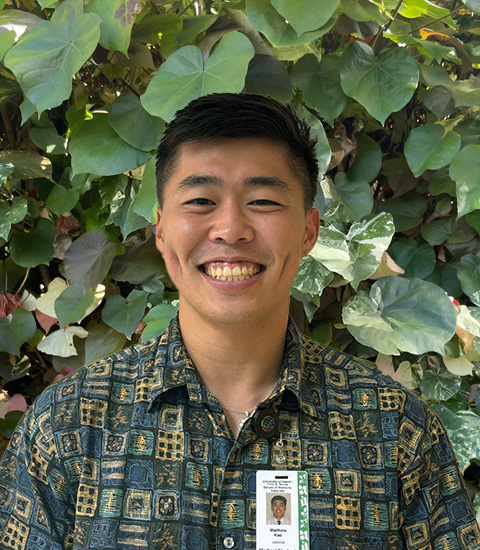
How to Submit to National Meetings
Matthew Kao, MS2
Program Leader
How to Submit for Full length Publications
Janette Keola, MS2
Program LeaderAug 16th Sat 8AM-4PM
FINAL Poster Presentation/2025 Hawaii Neuroscience & Research Symposium and Poster Competition

Emerging Trends in Neuroscience
David Baskin, MD
Professor and Vice Chair, Dept Neurosurgery, Residency Program Director, Houston Methodist Hospital Weill Cornell Medical College
Psychedelic Use in Neuroscience
Nolan Williams, M.D.
Associate Professor Psychiatry & Behavioral Sciences, Director, Interventional Psychiatry Clinical Research, Department of Psychiatry and Behavioral Sciences, Stanford UniversityPoster Competition Award Presentations

Sam Shomaker, MD
Dean, University of Hawaii John Burns School of Medicine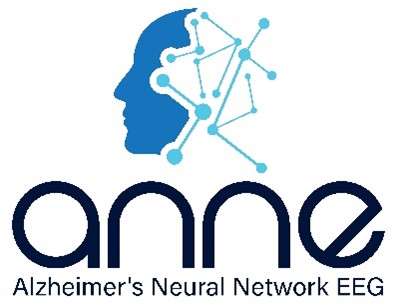
BRAIN Research Faculty Supervisor: Katy Tarrit, PhD
BRAIN Scholar, Medical students: Janette Bow-Keola (lead), Mitch Cadiz, Albert Jiang, Yash Vyas, Josh Grube ,






Assessing the Correlation Between Demographics, BEAM™, and MMSE
Description: We aim to create a complete database of Alzheimer’s Disease patients receiving treatment at the Memory Center. Our data collection will include: demographics (age, race/ethnicity, education level) and diagnostic procedures (APOE/CSF, BEAM EEG). Current identification of Alzheimer’s Disease (AD) is limited to either invasive techniques of CSF and blood sampling or cost prohibitive PET imaging. Therefore, there exists a need for a novel, noninvasive biomarker for the detection and monitoring of AD. Recent Publications

BRAIN Research Faculty Supervisor: Katy Tarrit, PhD
BRAIN Scholar, Medical students: Kylie Yamauchi, Kenji Aoki, Christyn Mellor




Utility of EEG biomarkers in the early identification of Alzheimer’s Disease: A systematic review
Alzhiemers patients had lower accuracy compared to neurotypicals for the AO task P300 can be used as a biomarker to detect AD → larger P300 amplitudes are associated with better short-term and long-term memory. Current identification of Alzheimer’s Disease (AD) is limited to either invasive techniques of CSF and blood sampling or cost prohibitive PET imaging. Therefore, there exists a need for a novel, noninvasive biomarker for the detection and monitoring of AD.

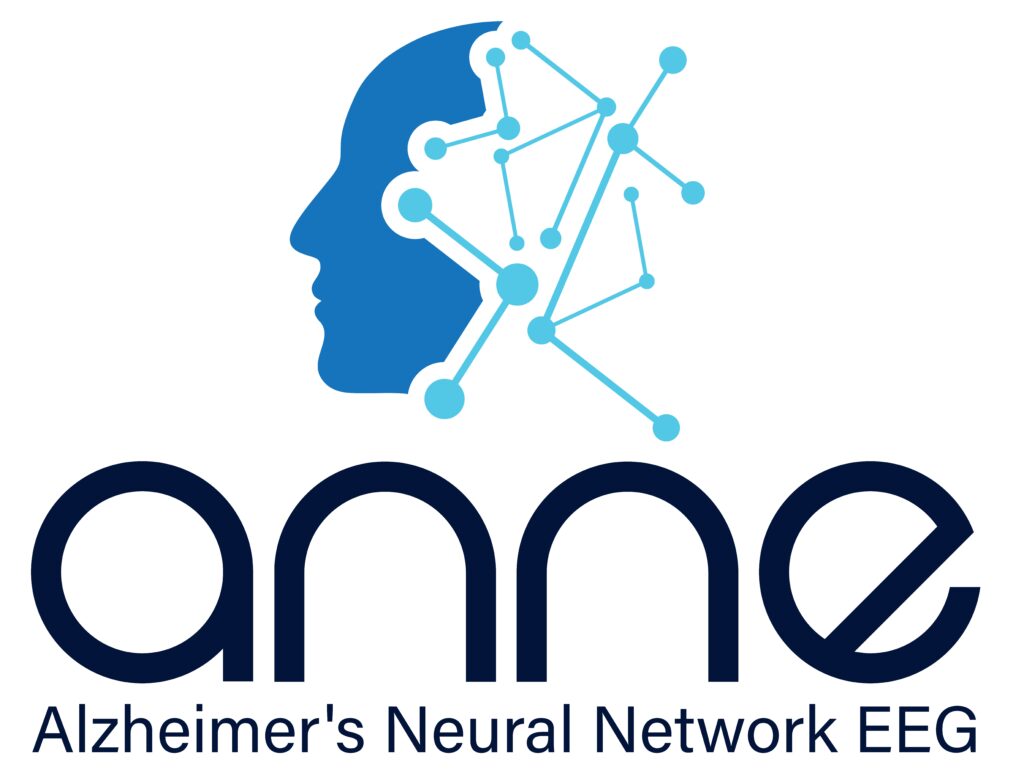

BRAIN Research Faculty Supervisor: Janette Abramowitz, MD, Neurology/Psychiatry, Natalia Gonzalez, MD, ALS, Neuromuscular & MS Neurologist
BRAIN Resident: Kyung Moo Kim, MD (Psychiatry), BRAIN Scholar, Medical students: Titan Alexio




Assessing the Incidence of Adjustment Disorders (AjD) in MS & Other Neurologic Diseases especially those of Native Hawaiian and Pacific Islander Descent
AjD due to terminal neurologic illnesses such as amyotrophic lateral sclerosis (ALS), multiple sclerosis (MS), Parkinson’s disease (PD) significantly affects patients’ quality of life and functioning. In addition to suffering mounting physical debility as well as the prospect and management of disease-related interventions, patients must deal with the emotional impact of their illness and a potentially poor prognosis. The psychological distress adversely affects quality of life (QOL) and may negatively influence the clinical course of the disease and lead to poor treatment adherence. . There is little to no data collected on Adj disorder in neurologic patients in Hawaii especially those of NHPI descent. The project assess both the incidence and prevalence of Adj disorders of neurologic diseases especially ALS, MS and Parkinson’s patients in Hawaii including. Current standard of care or lack thereof and impact on quality of life. Recent Publications
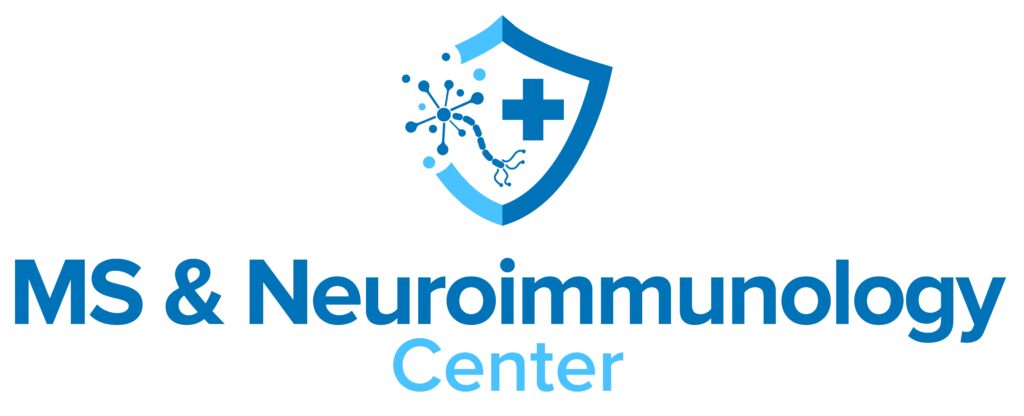
BRAIN Research Faculty Supervisor: Darren Dugas, MD
National Collaborating Faculty: Jeffrey Buchhalter MD, PhD,
BRAIN Scholar, Medical student: Tyrone John Sumibcay (leader), Haley Yamamoto, Kristal Xie, Kenneth Lin
BRAIN Interns:





Perceptions of Sudden Unexpected Death in Epilepsy Among Asian American and Native Hawaiian/Pacific Islander (AANHPI) Patients with Epilepsy
Description: Sudden Unexpected Death in Epilepsy (SUDEP) is a serious, but often underdiscussed complication of epilepsy, responsible for approximately 1 death per 1,000 patients. Research has shown that most patients with epilepsy have no prior knowledge of SUDEP, despite having a desire to be informed on the topic. Previous studies have also demonstrated an overall lack of provider discussions regarding SUDEP, often due to lack of information on the topic or due to fears of causing anxiety in their patients. These existing studies have primarily focused on perceptions among Caucasian and Hispanic populations, with limited exploration into how SUDEP is perceived by Asian American and Native Hawaiian/Pacific Islander (AANHPI) patients. This study aims to address this gap by evaluating the current knowledge, attitudes, and preferences of AANHPI patients with epilepsy regarding SUDEP compared to other ethnic groups, with the potential to identify overall gaps in SUDEP awareness and to develop strategies to improve patient education and counseling on SUDEP.
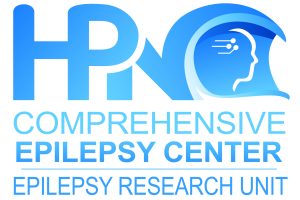
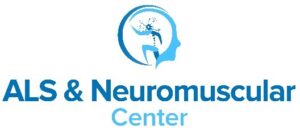
BRAIN Faculty Supervisor: Natalia Gonzalez, MD
BRAIN Scholar, Medical student: Ryan Nishi (leader), Jenna Tsuzaki, Shashi Sharma




Assessing the Educational Value of Online Videos on Tarsal Tunnel Syndrome: A YouTube-Based Study
Description: Tarsal tunnel syndrome, like carpal tunnel syndrome, is a nerve compression disorder that can cause pain, numbness, and tingling, but it affects the tibial nerve in the ankle rather than the median nerve in the wrist. Given the increasing reliance on the internet—particularly YouTube—for health-related information, it is crucial to assess the quality of online educational content about this condition. This study will analyze YouTube videos related to tarsal tunnel syndrome, evaluating their accuracy, completeness, and educational value using a structured rating system. We aim to determine whether patients can rely on YouTube for accurate information on tarsal tunnel syndrome. The results may help guide both patients and healthcare professionals in identifying high-quality educational resources.
BRAIN Faculty Supervisor: Natalia Gonzalez, MD
BRAIN Scholar, Medical student: Matthew Kao (lead), Cameron Nishida, Bryce Hong
BRAIN Interns: Andrew Mettias





Evaluating Risk Factors for Fibromyalgia in Native Hawaiian, Pacific Islander, and other Ethnic Minority Communities
Description: Fibromyalgia is a debilitating diagnosis associated with neuropsychological associated diagnoses such as sleep disorders and depression. With the exact etiology of fibromyalgia still unclear, treatment for the diagnosis can often be challenging. This study aims to explore various risk factors and comorbidities associated with the diagnosis of fibromyalgia. Moreso, we hope to uncover potential trends between risk factors and fibromyalgia specific to various ethnic groups. By doing this, we hope to provide more patient-centered care focused on addressing these potential risk factors to help treat what’s an otherwise challenging diagnosis to address.
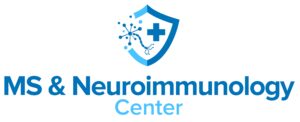
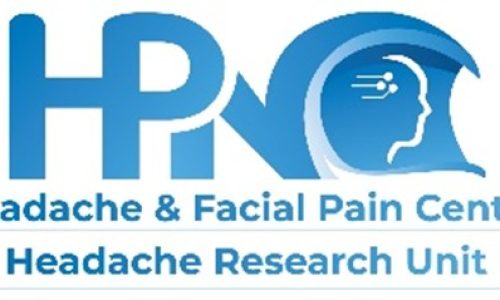
BRAIN Research Faculty Supervisor: Angeline Eonjung Kim, MD
BRAIN Scholar, Medical student: Erin Kim (leader), Xavier Heidelberg, Jan Aurelio, Nicole Hada
BRAIN Interns: Princess Cacpal



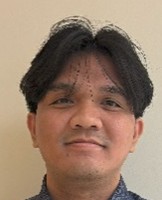


Analyzing the Relationship Between Patient Ethnicity vs Differences in Treatment for Chronic Migraines
Description: Previous research done at HPN found racial/ethnic differences in patient demographics, clinical presentation, and comorbidities among patients with chronic migraines. This study aims to further categorize specific migraine treatments into class (eg. abortive vs preventative) for patients with chronic migraines. Our objective is to determine if a correlation exists between certain ethnicities or comorbidities (eg. physiologic, psychologic, social) and treatment/medications prescribed for patients with chronic migraines in Hawaii. We hope to bring focus to the NHPI population in Hawaii treated for migraines and determine if there are racial/ethnic disparities in treatment.
BRAIN Faculty Supervisor: Eonjung Angeline Kim, MD
BRAIN Scholar, Medical student: Ryan Nakamura (leader), Kevin Nguyen, Amy Mar




Assessing the Understanding of Neurological Conditions in Young Adults and Leveraging Media Outlets and Social Media Platforms for Neurology Awareness
Description: Concussion education and awareness has been a sustained effort in neurology since the first understanding of concussive injuries. However, there are extremely variable levels of concussion awareness and understanding in the public’s eyes. Traditional media seems to bring attention to concussions in an oscillating manner; perhaps when a well-recognized athlete suffers a severe concussion. Shortly after the coverage stops, it appears this coordinated effort for concussion education and awareness no longer becomes a priority. This study is designed to determine a community’s perceived understanding of concussions in relation to traditional and social media coverage.
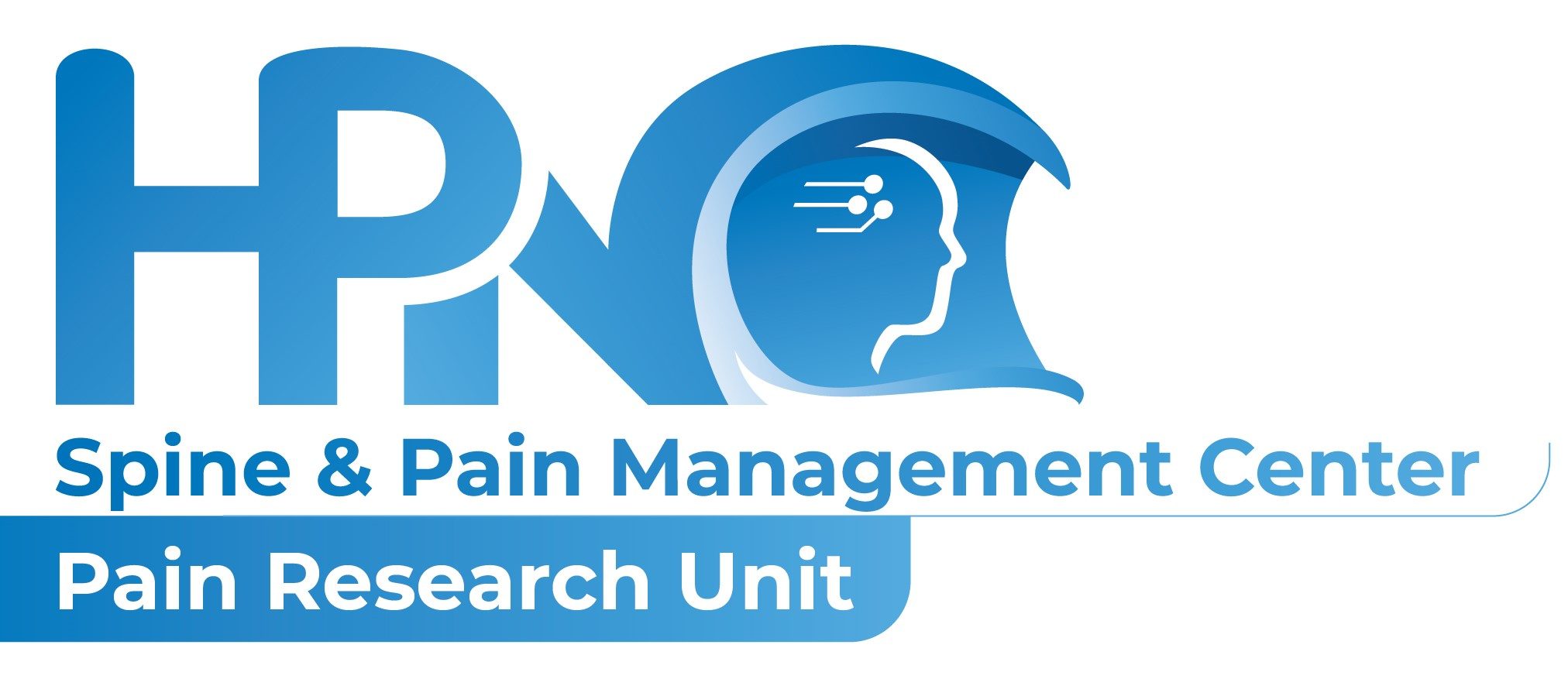
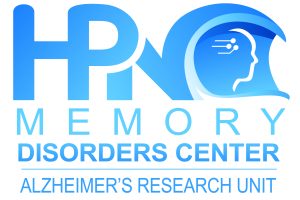
BRAIN Research Faculty Supervisor: Michale Sonson, MD, Kore Liow, MD
BRAIN Scholar, Medical students: Nina Krupa, Matthew Kobylinski, Anson Lee





Native Hawaiian and Pacific Islander Participation in Alzheimer's Disease Clinical Trials
Previous research done at HPN demonstrates that Asian and Native Hawaiian patients were less likely than White patients to participate in AD clinical trials The goal of this study is to determine what percentage of AD clinical trial participants are Native Hawaiian and Pacific Islander (NHPI). While NHPI make up about 28% of the population in Hawaii, we predict that less than 10% of AD clinical trial participants will be NHPI.
BRAIN Research Faculty Supervisor: Nicholas Anderson MD
BRAIN Scholar, Medical students: Kaela Iwai
BRAIN Intern: Hannah Miura, Andrew Mettias




CPAP Therapy Compliance in Obstructive Sleep Apnea Patients in Hawaii
Retrospective chart review using the eClinicalWorks medical record database. Patients treated at HPN and diagnosed with OSA. Findings: No significant association between patient characteristics and CPAP therapy
CPAP adherence significantly associated with OSA severity. Investigate CPAP adherence and compliance of
patients in Hawaiʻi diagnosed with OSA.
